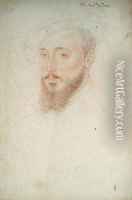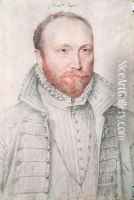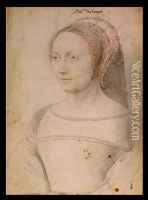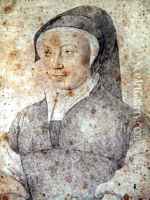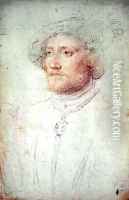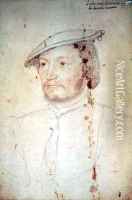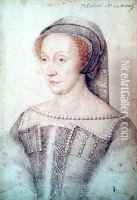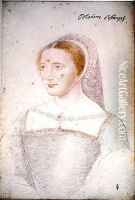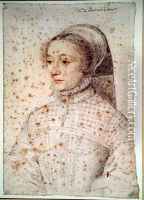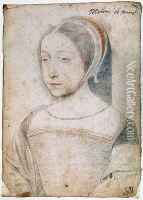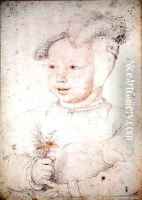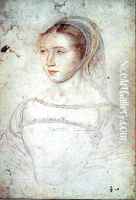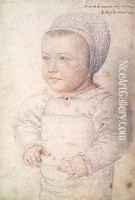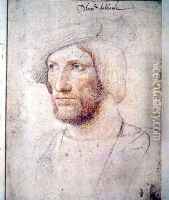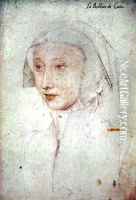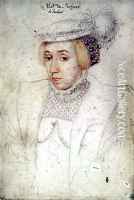(studio of) Clouet Paintings
The reference to 'studio of Clouet' likely indicates the workshop associated with the Clouet family, a dynasty of painters who were active in France during the 16th century, particularly during the French Renaissance. The most prominent figures of this family were Jean Clouet and his son François Clouet.
Jean Clouet (also known as Jehan Clouet), whose birth date is uncertain but thought to be around 1480, was a painter of the Northern Renaissance. He became a court painter to King Francis I of France and was known for his detailed portrait work. Jean was born in the Southern Netherlands but moved to France where he gained fame for his precise and realistic portraits of the nobility and royalty.
His son, François Clouet (c. 1515 – 1572), followed in his father’s footsteps and also served as a court artist, working for Francis I as well as his successors Henry II, Francis II, Charles IX, and Henry III. François inherited his father's position as the court painter after Jean's death in 1541. He is best known for his detailed and delicate portraits which continued the tradition established by his father, but with his own unique style that earned him high regard in the French court. François's work included not only portraits but also drawings and miniatures.
The 'studio of Clouet' would typically refer to the collective output of the workshop run by either Jean or François, or both over time. This studio would have included apprentices and assistants who produced works under the direction of the Clouets. As was common in the Renaissance period, many works that came from a master's studio were collaborations, with the master often doing only key parts of the painting.
Unfortunately, due to the collaborative nature of the workshops during the Renaissance, it is sometimes difficult to attribute specific works to either Jean or François directly, or to distinguish between their individual styles. Despite this, the Clouet studio is remembered for its significant contribution to the French Renaissance and for its influence on the development of portrait painting in France.
